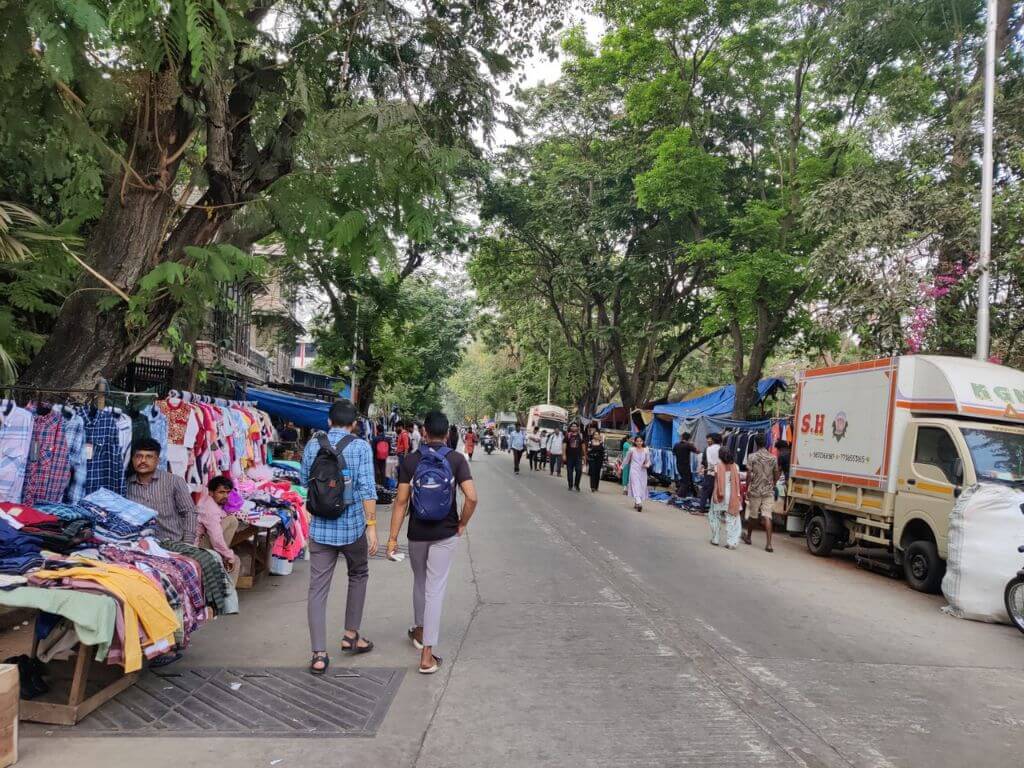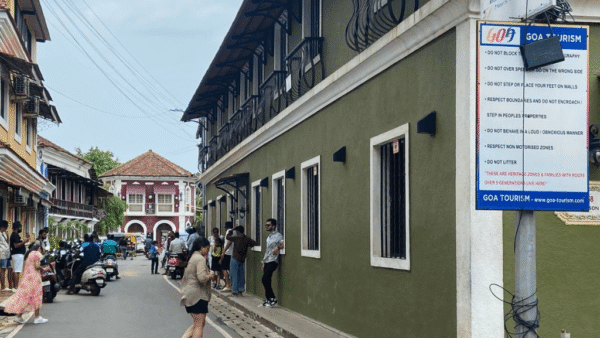Streets do not only connect places in cities; they connect people, communities, buyers and sellers, the rich and the poor. They are the most visible and accessible public places where people, ideas, traditions merge. With these, they bring vibrancy and inclusiveness to cities though they sometimes become the space for people’s tensions to manifest too. Streets are adaptable, lending themselves to what people want them to be, ever-changing in character, merging aspirations and allowing communities to celebrate, sometimes becoming the theatre of violence.
Urban design understands streets differently from roads. A street is seen as a “multi-dimensional space consisting of many surfaces and structures”[1] whereas a road is described as a “thoroughfare for the conveyance of traffic”.
Streets, by definition and collective experience, are formed through a network of building types, land uses, boundary walls or none, activities and, most importantly, people. As this essay [2] states, “street forms the stage on which the choreographies of mundane daily activities form a comfortable rhythm that manifests the collective identity of the city’s public”.
What are streets to us, was the question we set out to find visual answers to. Here’s a video, by Saba Serkhel, that encapsulates the many facets of our streets.
Then, Question of Cities went across cities in India – Guwahati, Bhubaneswar, Mumbai, Hyderabad, Sambalpur, New Delhi, Chennai – to chronicle their key streets. This is where life is lived – economic exchanges happen, meetings and conversations go on, food is served and had either as routine meals or relished as indulgences, many sounds mingle in a symphony — sometimes cacophony – and visual delights abound often with humour such as a tiny shop in Prayagraj whose signboard read ‘Shanti Gun Depot’.
Guwahati
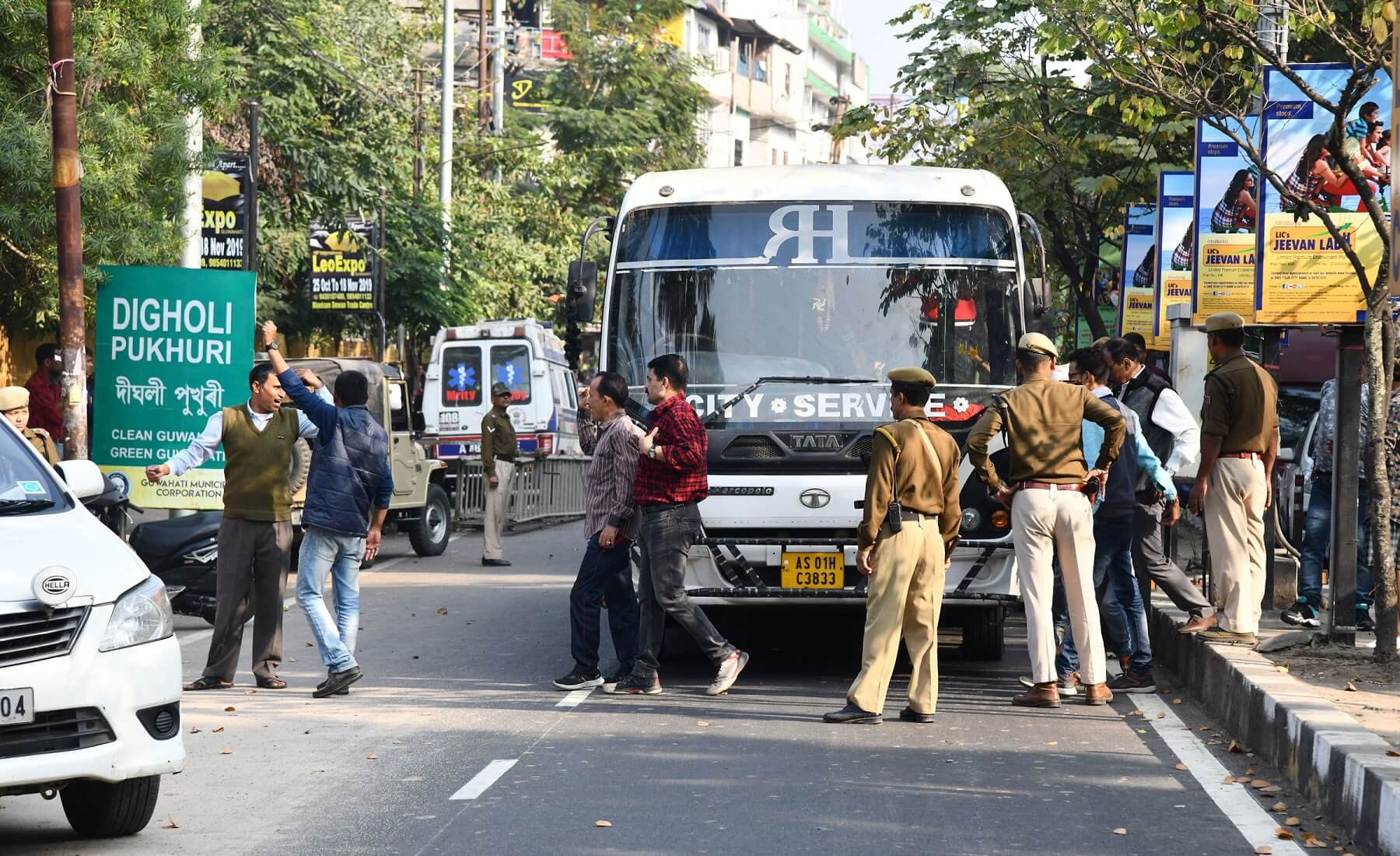
Photo: Barasha Das
Located adjacent to the historic Dighalipukhuri, the stretch of the busy Gopinath Bordoloi Road (GNB) Road has seen more than just vehicles. In the mornings, people walk around and exercise. By evening, it transforms into a food hub with stalls selling piping hot momos, sizzling kebabs and chaat. But there is more. Before the festival of Bihu, the street hosts exhibitions and fairs showcasing the state’s traditional attire, jewellery, and cuisine; well-known events such as tributes to Dr Bhupen Hazarika see a good crowd. And, there are the protests and rallies too. This stretch of the road has now been closed to vehicles, as it is more than just a street to the people of Guwahati or Assam. It is a prominent part of the city, it is the city’s soul.
The GNB Road in Guwahati resonates with urbanist Jane Jacobs’ words in The Death and Life of Great American Cities: “The more successfully a city mingles everyday diversity of uses and users in its everyday streets, the more successfully, casually (and economically) its people thereby enliven and support well-located parks that can thus give back grace and delight to their neighbourhoods instead of vacuity.”
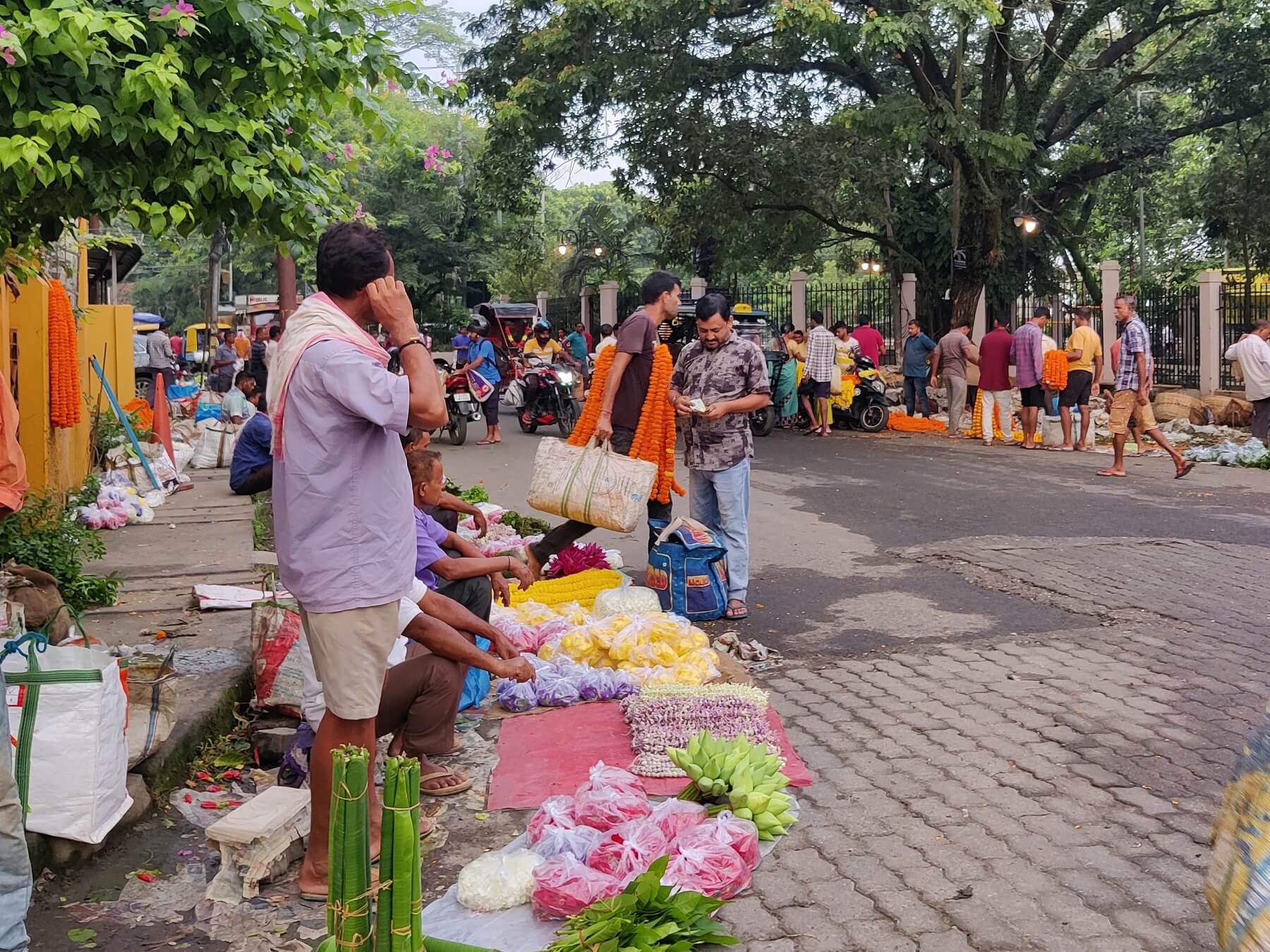
Photo: Barasha Das
Early every morning, before daybreak, a stretch of Tarun Ram Phookan Road (TRP Road) in Guwahati buzzes with activity. The smell of flowers heralds the opening of the floral business. Flower farmers and sellers from across Kamrup (M) and the neighbouring districts start selling their produce — marigold, hibiscus, lotus, aparajita, to name a few. The flower market moved around the busy MG Road but was allotted this stretch of TRP Road last year. It comes to life by 4am and winds up by 6.30am when municipal workers clean the flower debris to make way for vehicles. For the flower farmers of the region, this street is their lifeline. Now known for its flower market, one-of-its-kind in Guwahati, this street is fast becoming a tourist attraction.
Bhubaneswar
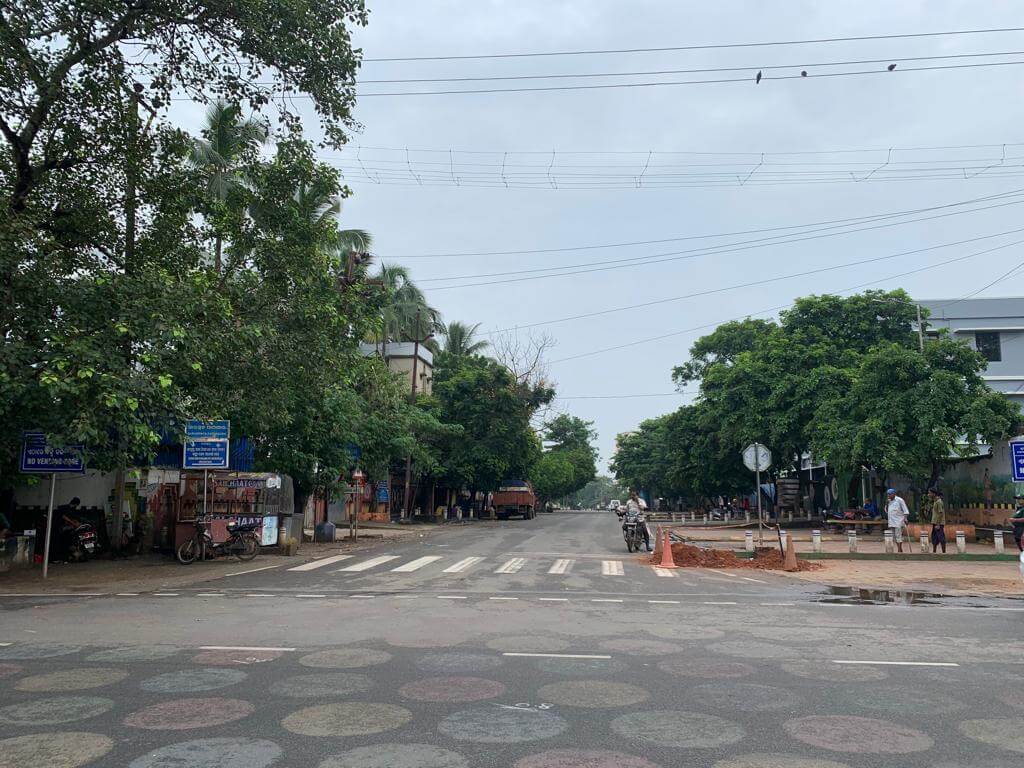
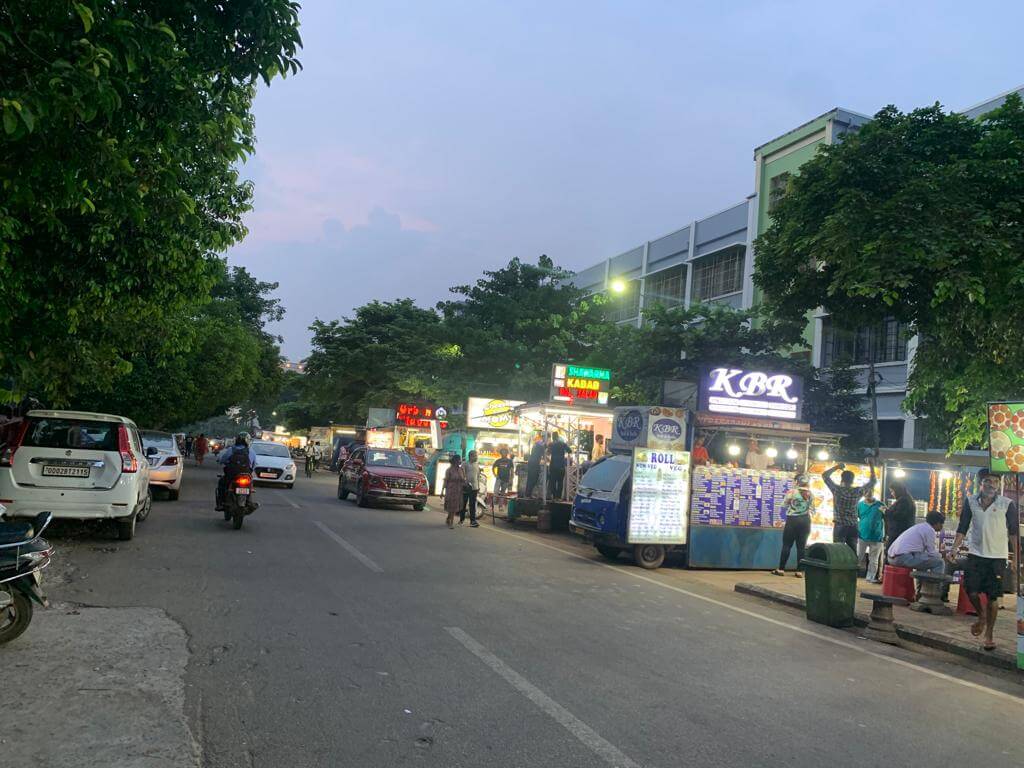
Photos: Shobha Surin
The street, Saraswata Pathagara, adjacent to St Joseph’s School teems with schoolchildren in the morning and afternoon, and turns into a khau galli (food street) every evening. On days when the school is shut, the street is deserted in the morning, but food trucks start trickling in around 5pm. A few hours later, the street is flooded with people, and the aroma of rolls and noodles fills the air. For many locals, it is a meeting point over a plate of momos or a shawarma roll. Many park their vehicles around the corner and walk down, stopping at every stall to check the menu.
Several cities in India have at least one such street, a khau galli, where people come for a quick bite or take parcels home, where the daily wage workers draw their subsistence from. Indore’s Sarafa Bazaar is famous as are Manek Chowk and Law Garden Road in Ahmedabad, Mumbai has several khau gallis across its length, so do Lucknow, Amritsar, Dharamshala, Alleppey, Kochi, Chennai and tens of cities. City streets in India get a large share of their character from their food carts, food stalls, and makeshift bakdas that draw many. The vibrancy that food brought to the streets was sorely missed during the Covid-19 pandemic.
“It’s interesting to see which cities of the world are on the list of liveable cities. They’re always the cities that are sweet to their people…Throughout history, public spaces have had an important role in day-to-day human life, it has been the meeting place, it’s been the marketplace. What happened in the last 50 years is that public spaces have been overrun by the motorcar…what we see now is a renaissance of the public space as a meeting place. The increase in sidewalk-cafe culture worldwide is a sure sign of people wanting to be in public spaces.”
Jan Gehl, Danish architect, instrumental in giving streets back to people in New York
Mumbai
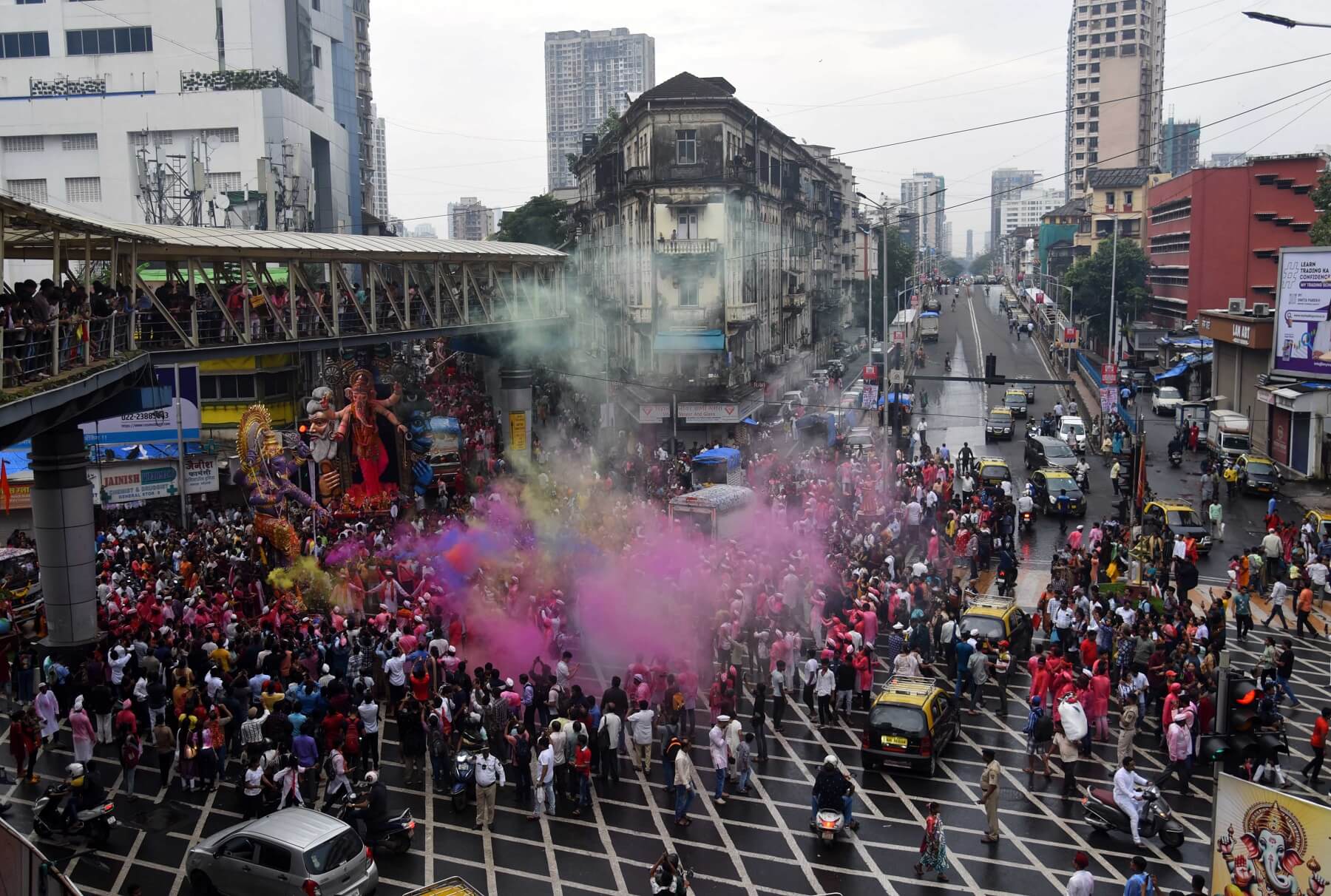
Photo: Imtiyaz Shaikh
This is Grant Road in south Mumbai, on the last day of Ganeshotsav as the city bid the elephant-headed god farewell. On other days, the road looks different with vehicles and the busyness of the city; this day it was all about people, celebrations and a community feel. Festivals became a conduit for people to take over the city’s streets, much to the annoyance and disapproval of car and taxi users. Or on Dahi Handi day, during Eid and Taaziya processions, during political rallies and demonstrations. People gather on the streets and claim them as communities. Vehicles are restricted or barred, bringing these streets to life. By allowing people to gather, express themselves and celebrate or commemorate, the characteristics of a street change to accommodate people instead of vehicles.
“What I care about and like to emphasise about the street, is that it is a people’s place. And no, I’m not thinking of highways or major streets full of buses and trucks. I think of the street as a kind of indeterminate space where actors from many diverse worlds come together. Where those who feel that they might not belong in a park such as the Jardin de Luxembourg, can feel that the street is also their street.”
Saskia Sassen, Dutch-American sociologist and urbanist
Hyderabad
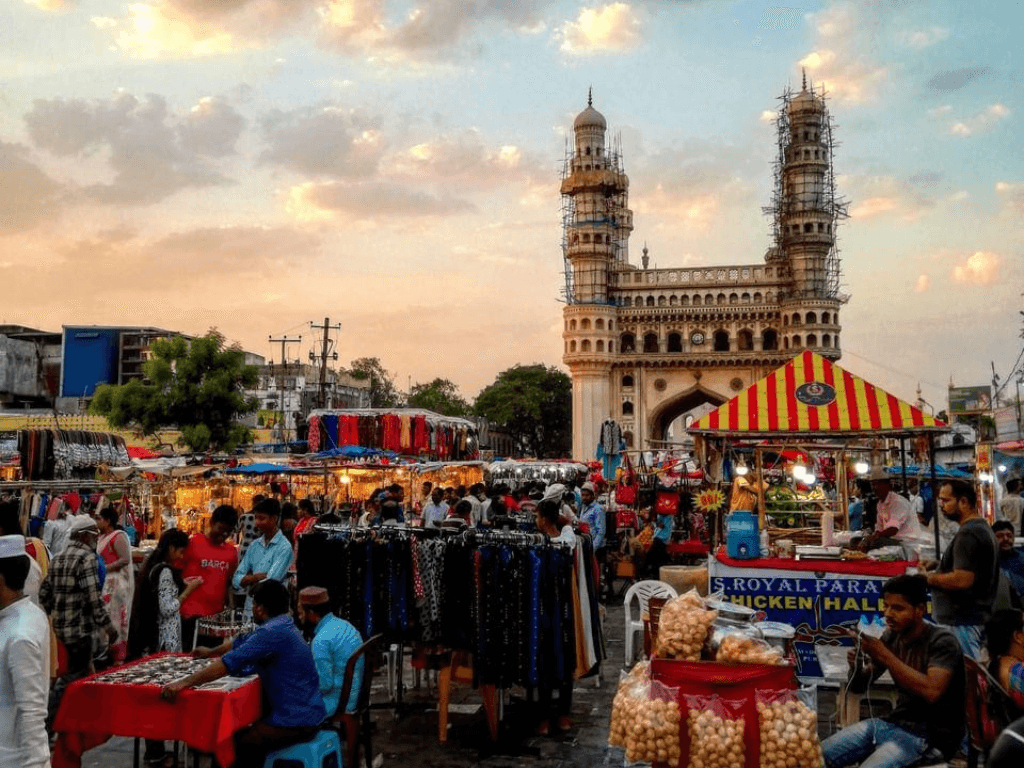
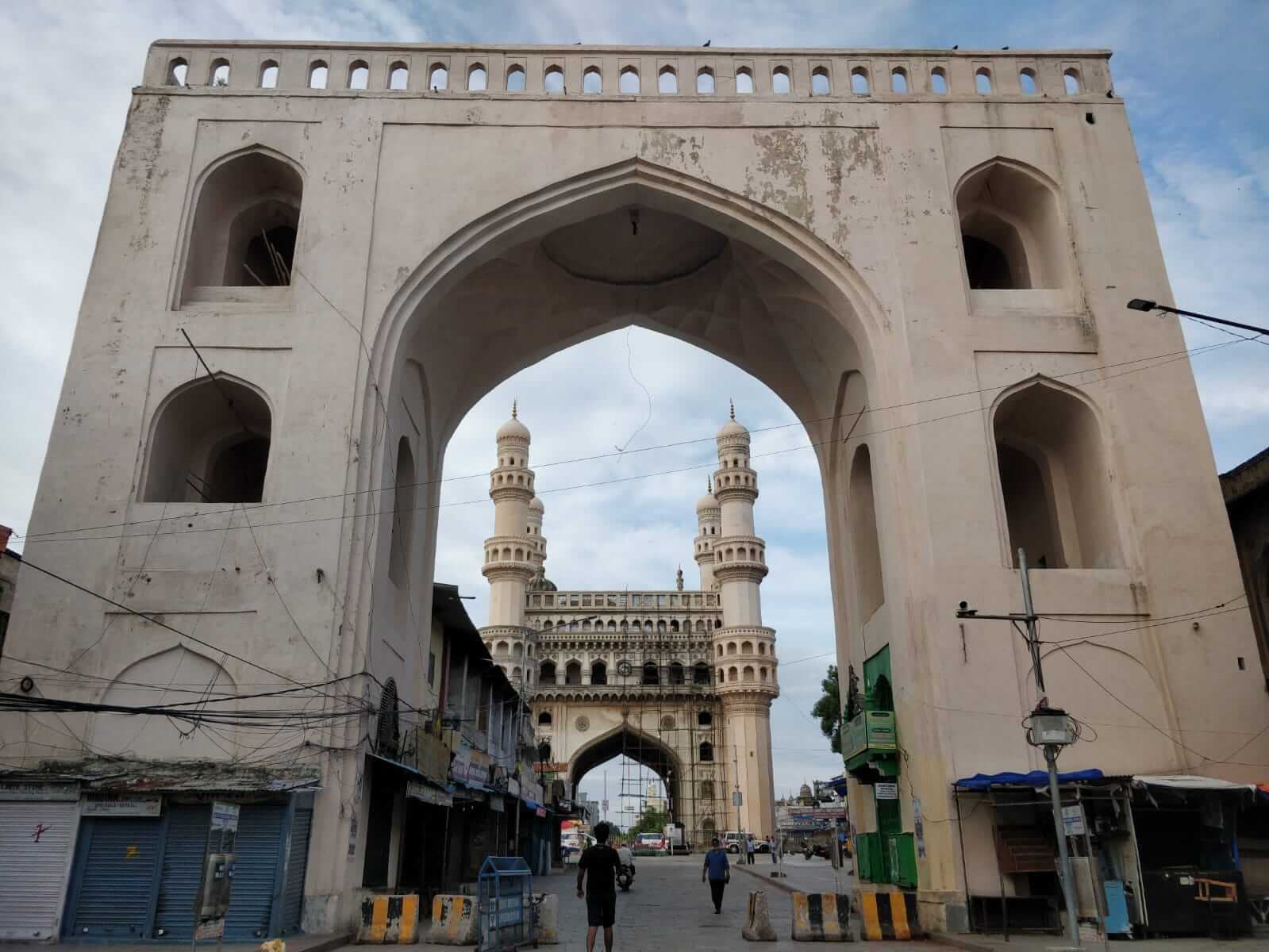
Photos: Srikara Prasad, Zubair Lasania
Hyderabad’s Charminar is believed to have been built in the city’s centre in 1591, and the street leading to it was an important intersection of a historical trade route that connected the city to international markets. Over the years, the crowded street teeming with tourists has become a common sight in the city. In the evening, the pedestrian-only street turns into a moving mass of visitors, shoppers, and foodies. Ramzam lends a different flavour to the street – a melting pot of cultures.
“Rich street life is no frill. It is an expression of the most ancient function of a city – a place for people to come together, all kinds of people, face-to-face.”
William H Whyte, sociologist
Sambalpur
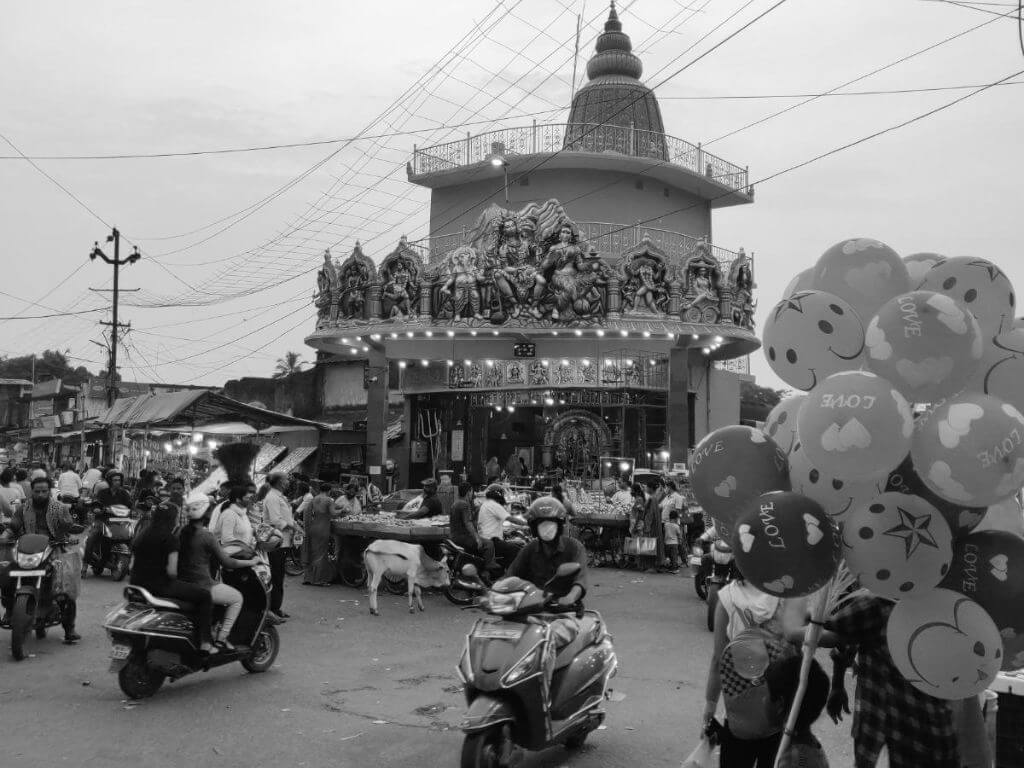
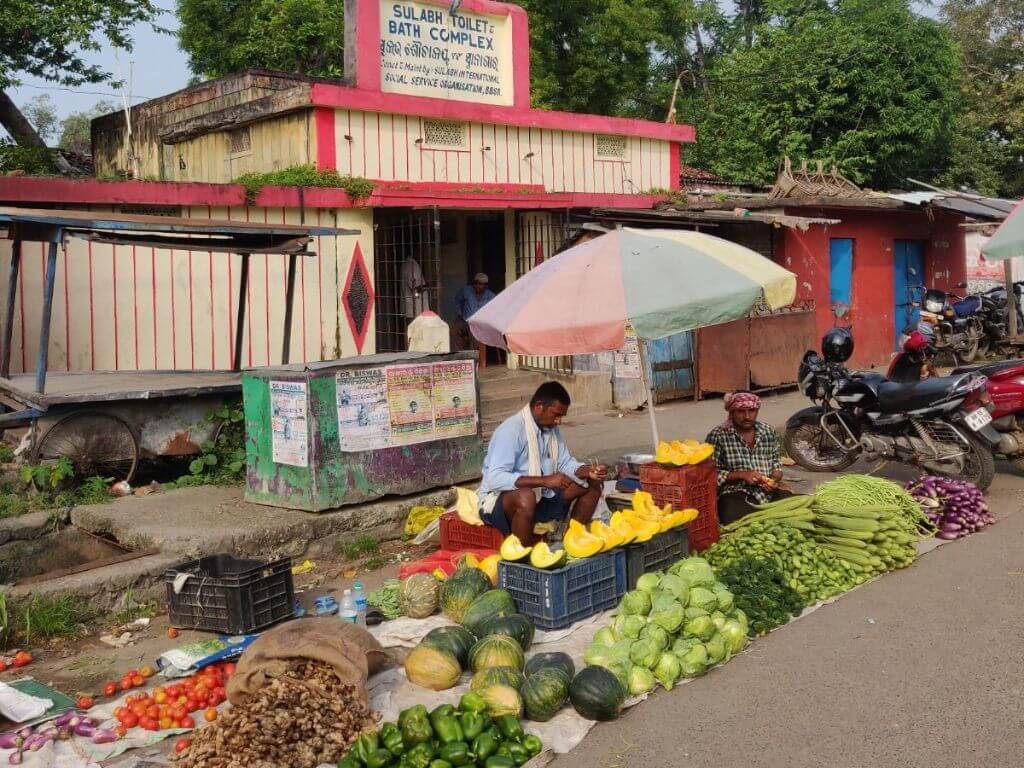
Photos: Anubhav Kedia
These are pictures from Gole Bazaar and Laxmi Talkies in Sambalpur, a city in western Odisha, but hawkers with daily-use perishables and non-perishables occupy major and inner streets across cities of India. To the local authorities and people driving, they are a hindrance to smooth movement, but to thousands in the area, they offer goods at best prices, in accessible ways. As night darkens, many working class people buy their stock of vegetables and other essentials from street vendors who drop prices. When hawkers and vendors override a street or a pavement, leaving no room for pedestrians, it becomes an issue unfortunately pitting people against each other.
“A city’s environment is shaped not only by people who have an important influence, but by everyone who lives or works there.”
Robert Cowan, Theories and Models of Urbanization: Geography, Economics and Computing Sciences
Delhi
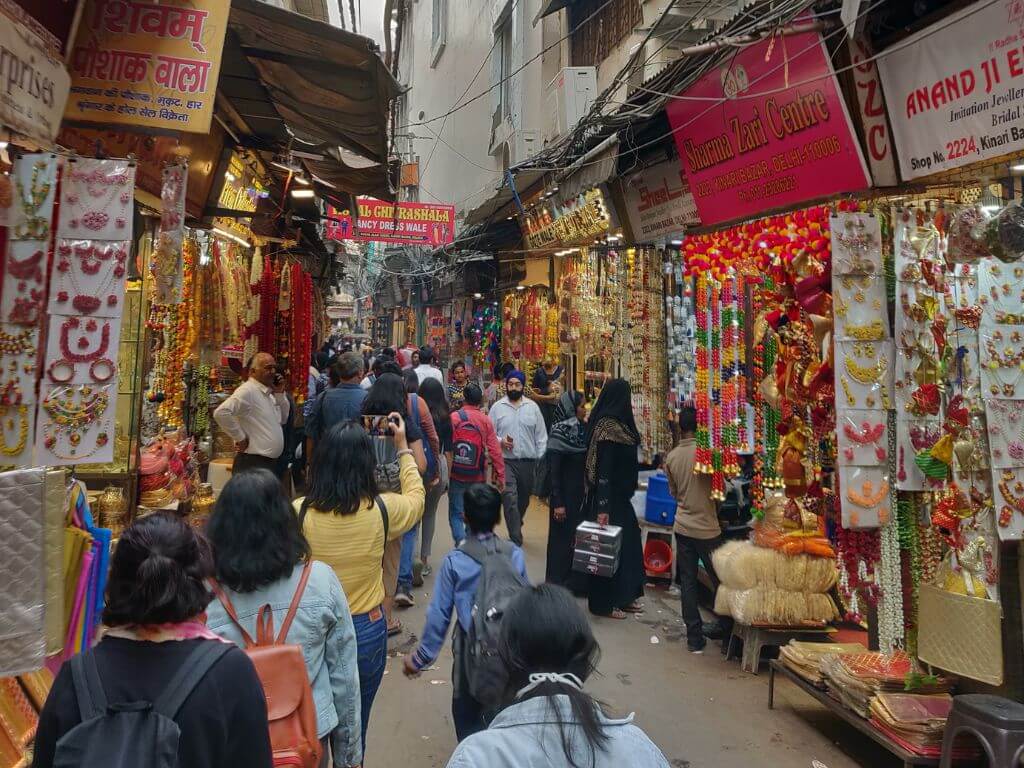
Photo: Shivani Dave
Chandni Chowk is nothing without life unfolding in myriad ways on its streets. In fact, this part of India’s capital is characterised by the hustle and bustle of its old bazaars and streets. Cars bravely negotiating a sea of people, two-wheelers swiftly occupying any open space, people making their way to and from the inner streets carefully avoiding vehicular traffic — Chandni Chowk is as busy as a city market gets. While the entrance to the Red Fort is a straight road demanding you walk in a straight line, the inner streets branching out from it are abundant with paraphernalia of all kinds, calling out to passersby. Chandni Chowk was designed to be a market. Over time, several of its streets have proliferated into what is now an amalgamation of shopping, eating and walking experiences, open though cramped. Chandni Chowk, like similar streets and areas across India’s cities, is a dynamic space accommodating people, their businesses, their lives – often blurring the divide.
“The magic of the street is the mingling of the errand and the epiphany.”
Rebecca Solnit, writer
Chennai
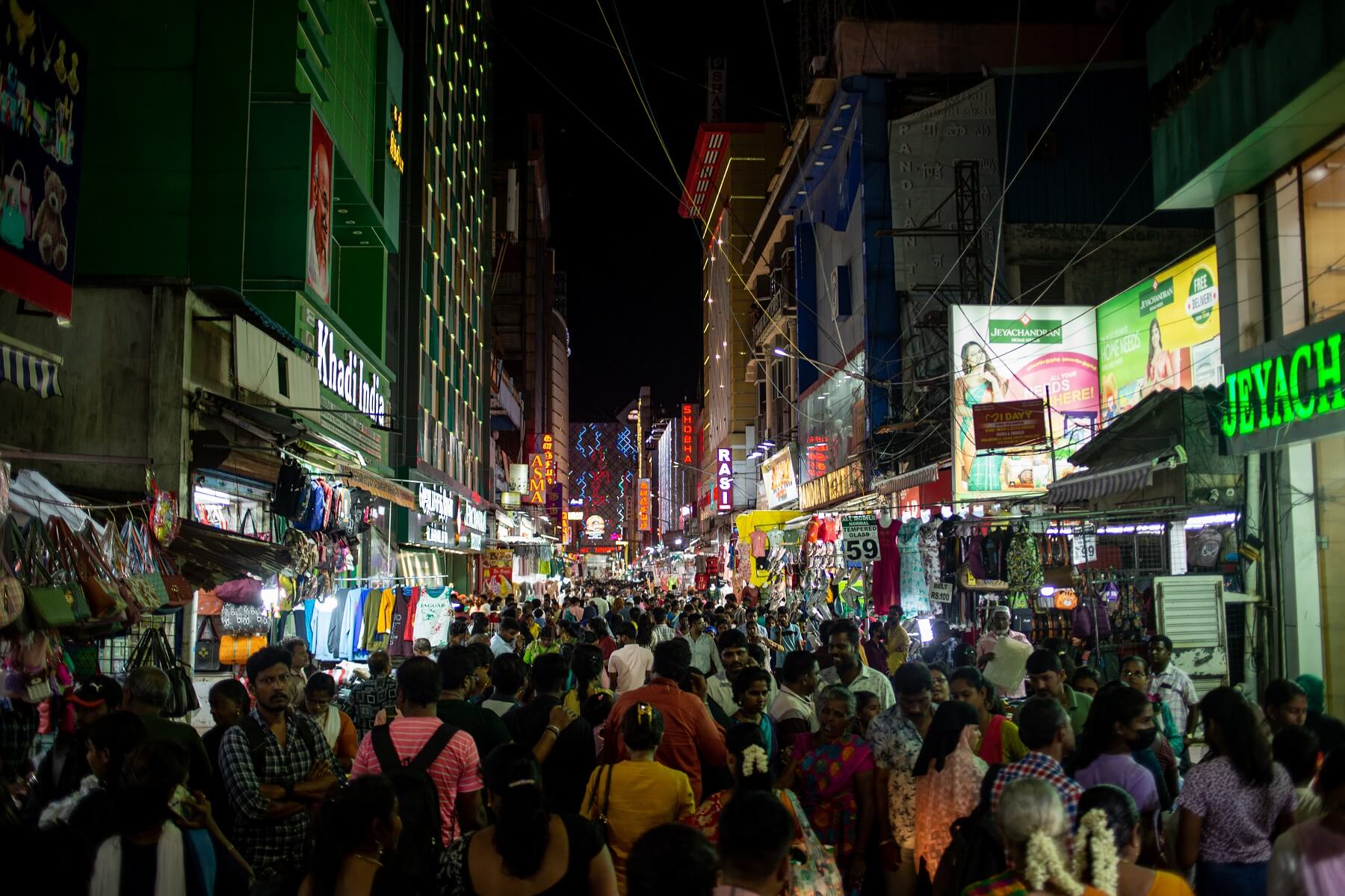
Photo: Palani Kumar
Chennai’s popular T Nagar market, which houses a range of shops, is packed on most holidays through the day but into the night too. Its shopping centres and eateries are filled to the brim, sometimes the crowd spills onto the streets and the sidewalks. The streets around Chennai’s popular shopping hub are easy access points for shoppers and pedestrians. Most cities in India have streets lined with malls and shopping centres, and the festive and holiday rush is maddening but people hardly mind the jostle. There’s always space for all.
“A street is a room by agreement.”
Louis Isadore Kahn, American architect
Cover photo: Jashvitha Dhagey

